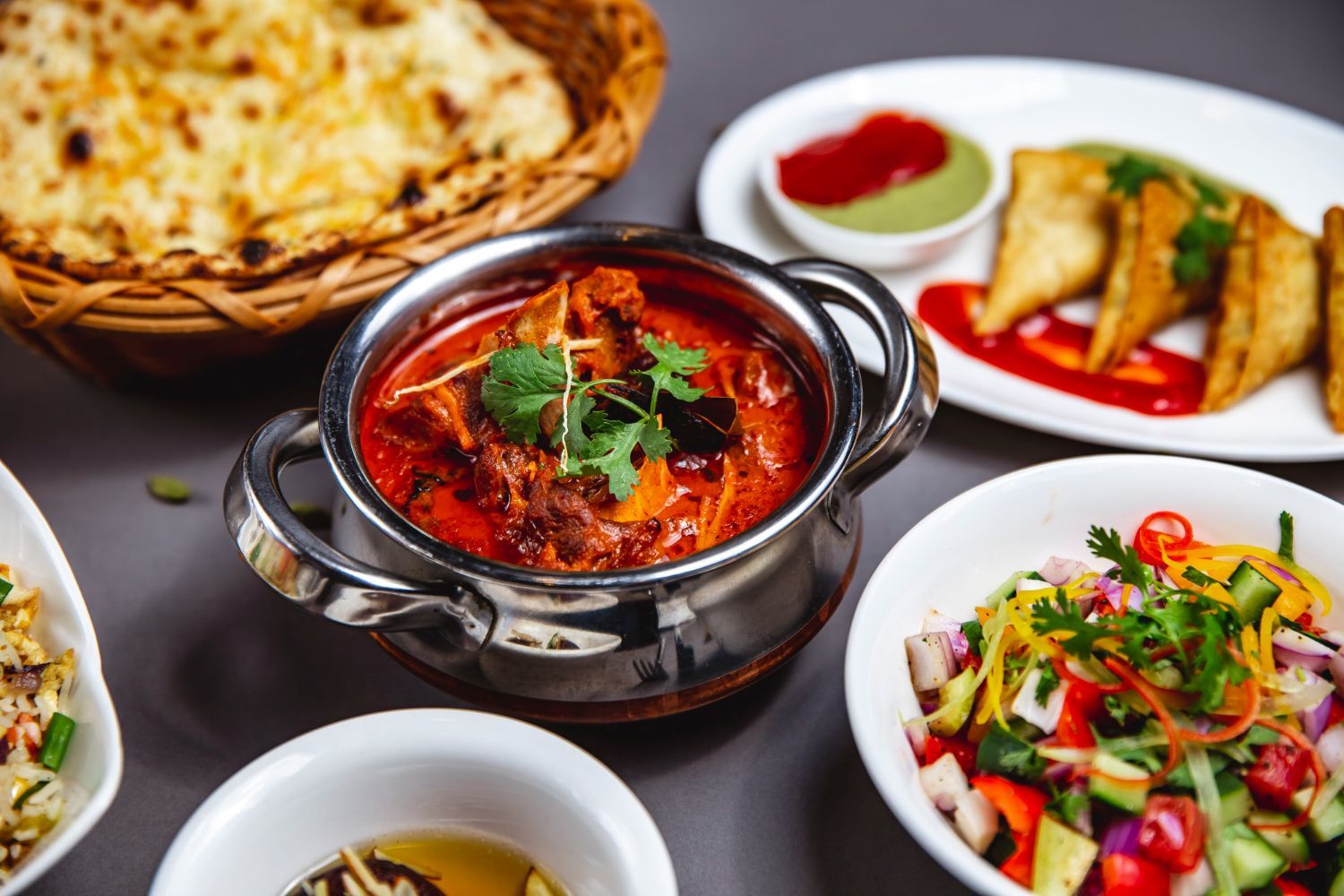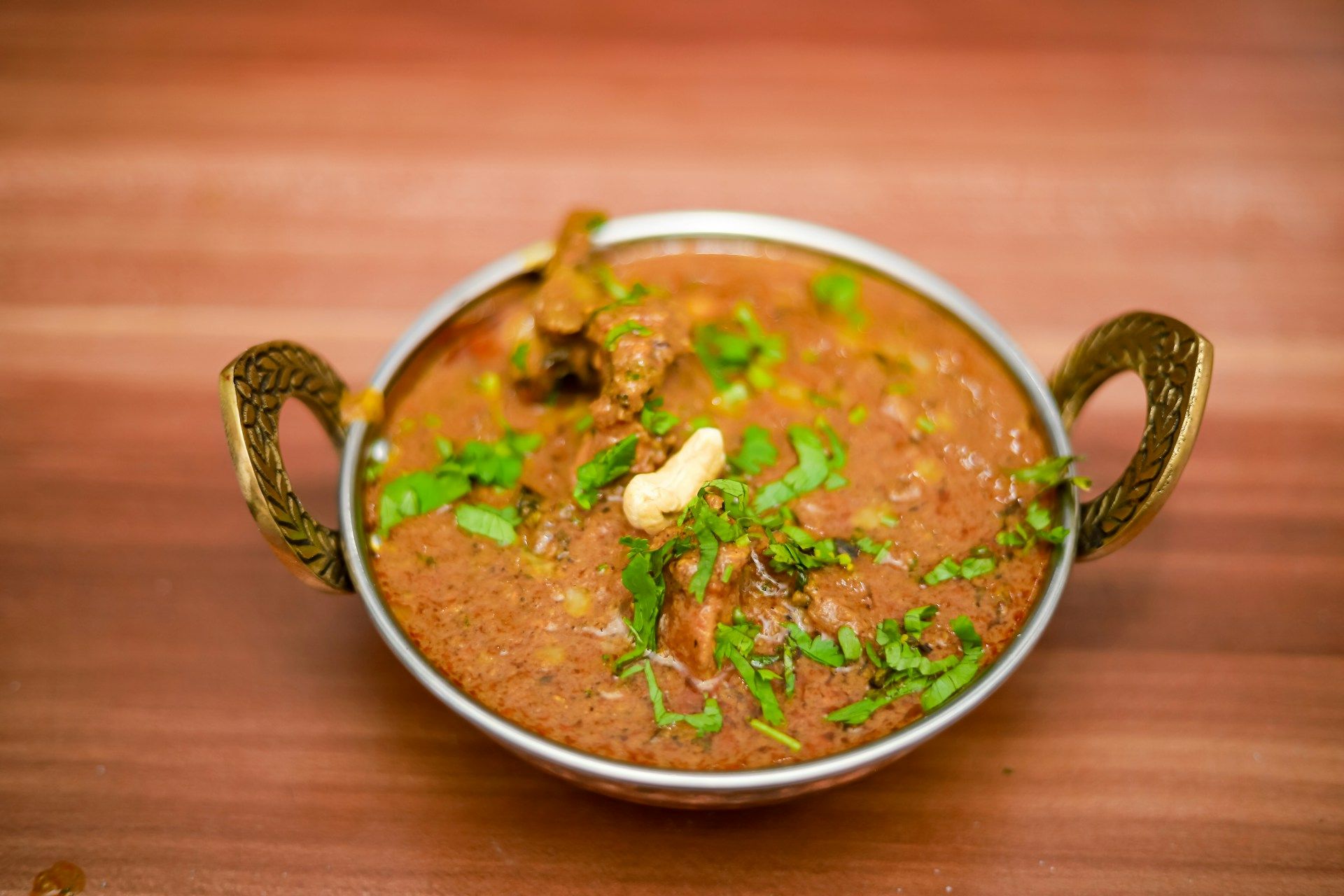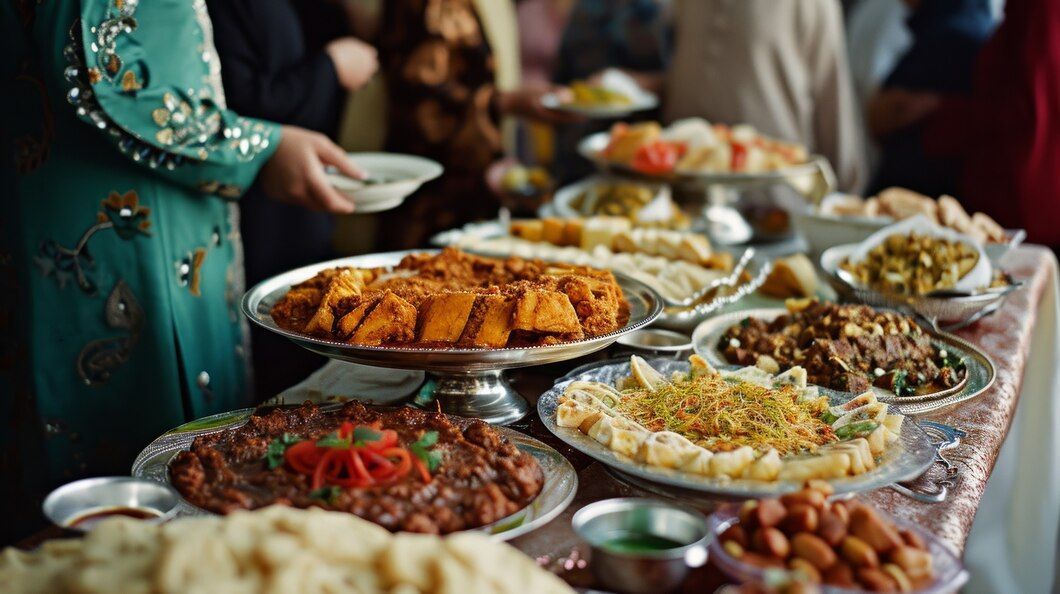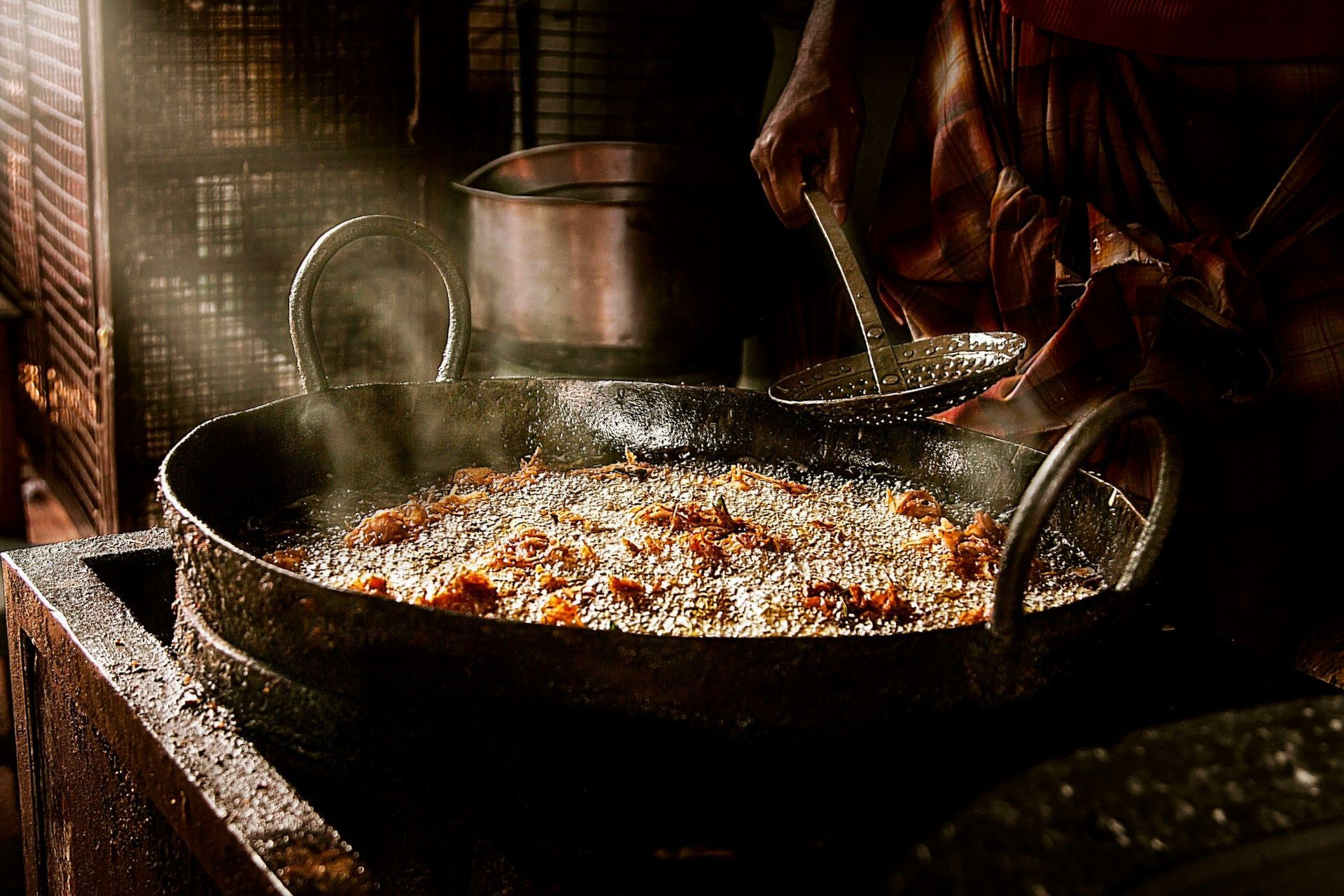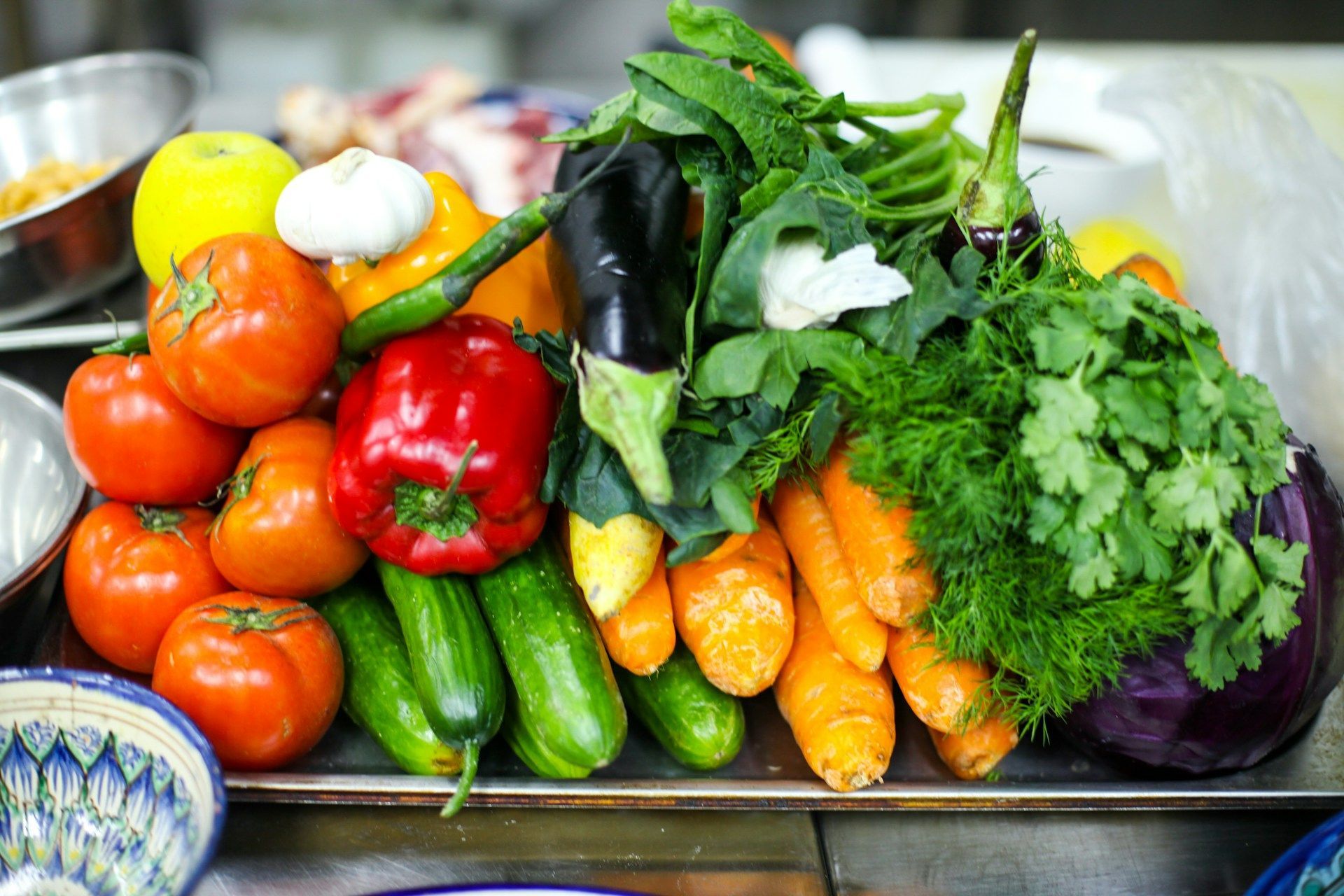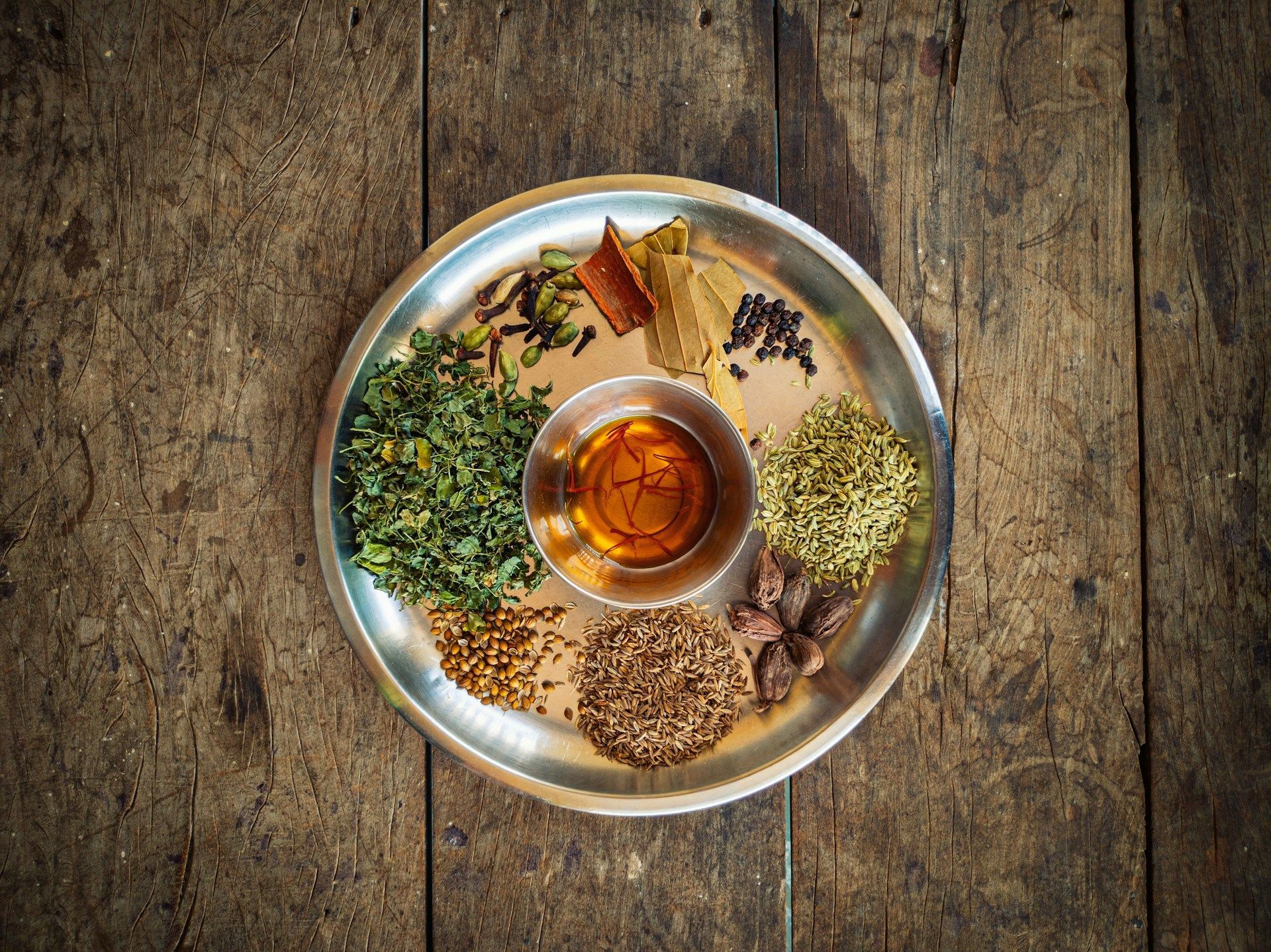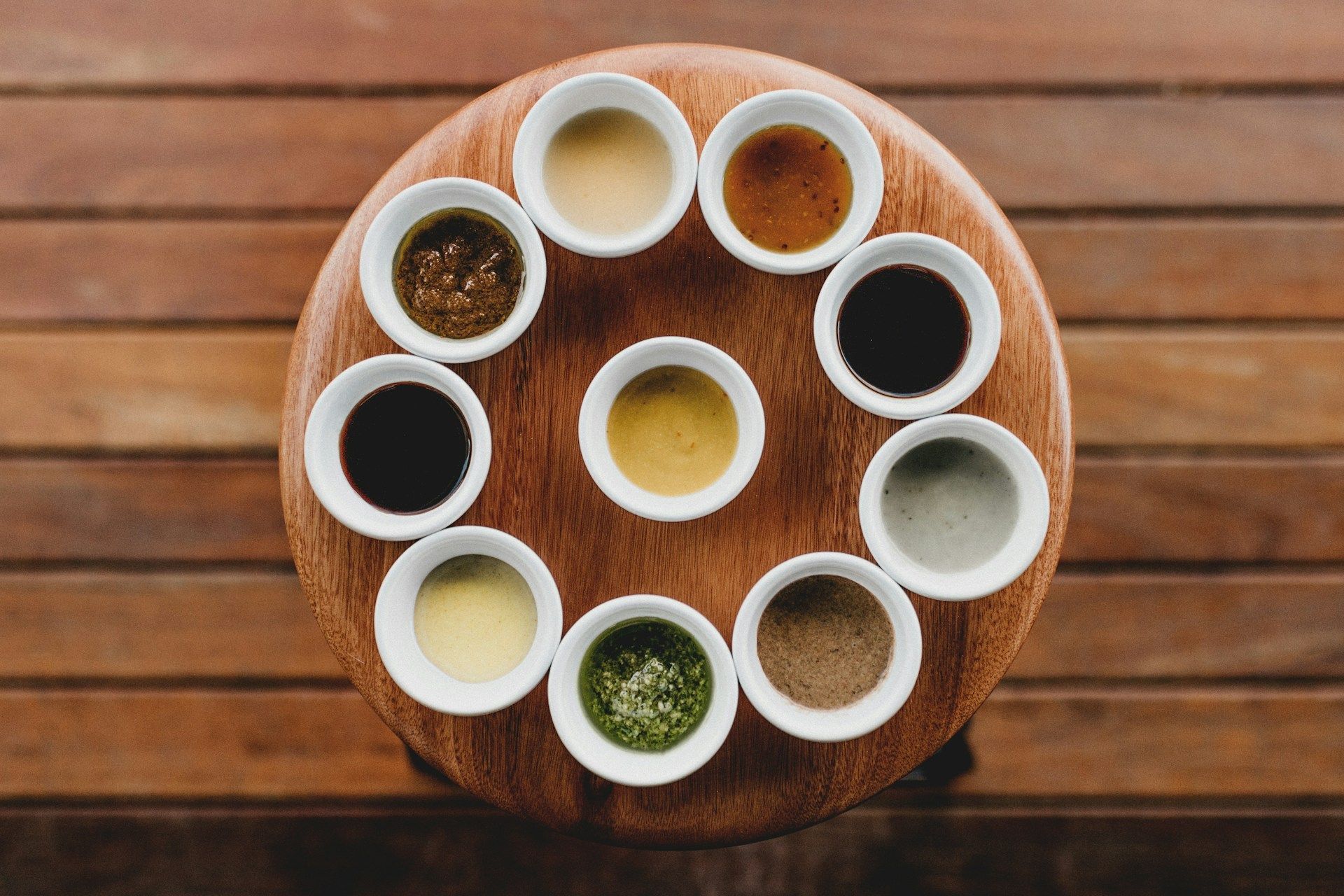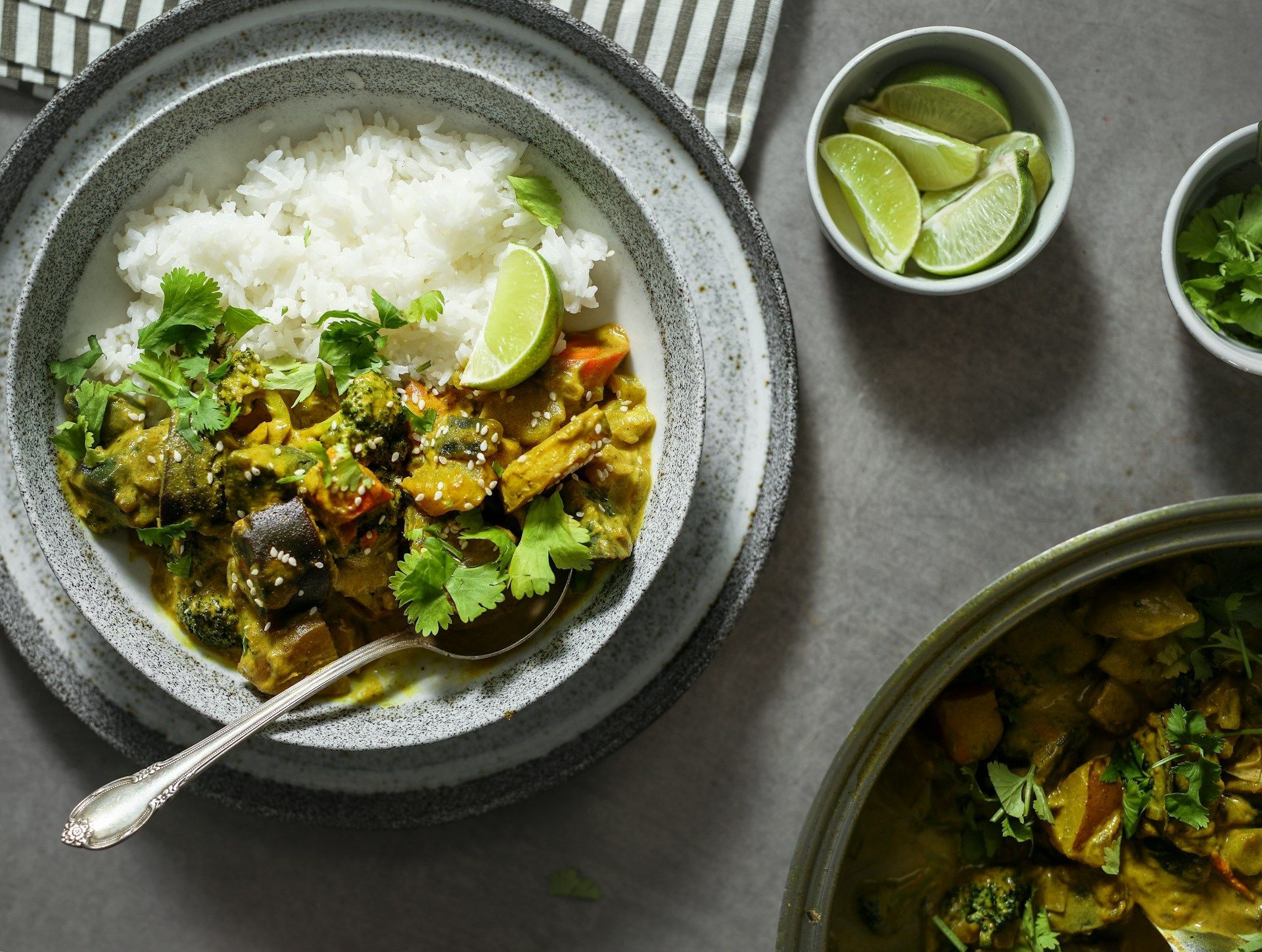Our Sweet Take on the Origin of Gulab Jamun
SUHEL AHMED • 24 June 2021
This is a subtitle for your new post
Iconic for their aromatic elements that punch the senses and delight the taste buds, people often taste Indian cuisine’s well-known palate that combines strong flavours of savoury and spice. But an Indian spread doesn’t only focus on red, hot profiles as their desserts can make most sweet tooths crave more.
No celebration is complete without desserts to end the dining experience on a sweet note and while Indian doesn’t come short in its luscious confectionaries, the Gulab Jamun definitely takes the cake. Who knew so much saccharine goodness could come from these small, round, fried snack?
Finger-Friendly and Addicting Desserts: Gulab Jamun
Infused with either rose or cardamom-flavoured chashni, Gulab Jamun is made with maida, which are tiny balls of dough fried until golden perfection. The batter is mixed with milk and sugar, so the caramelized aroma emanates across the room as it simmers in oil, making the mouth water long before you can dig in.
There’s a crunch to every bite, but you’re greeted with fluffy and pillowy textures inside. The slight crust on the exterior starts to taste like crystallized sugar laced with floral notes, especially as it’s served with a drizzle of syrup to top it all off with a honeyed oomph.
Tasting Gulab Jamun’s Roots: A Bite Out of Its History
Looking back into India’s ubiquitous dessert origins, its beginnings were somewhat of food folklore wherein Shah Jahan’s royal chef accidentally whipped up the indulgent dish by taking inspiration from Persian and Turkish delights.
It has plenty of similarities with the Persian bamieh and Turkish tulumba since they are made from fluffy, fried dough served with sugar syrup, though they’re served cold instead of crispy, piping hot like the Gulab Jamun.
As food enthusiasts look deeper into India’s go-to, gastronomic dessert, culinary historian Michal Krondl believes that Gulab Jamun took form when Mughal invaders introduced round, juicy balls made from boiled milk. The Khansamas then changed the game by solidifying the form and garnishing the flavours with a light, rose essence.
Royal Dessert Then, a Staple in Every Celebration Now
Gulab Jamun’s origins may be unclear, but one thing is for sure: this lovely dessert is a perennial favourite among royalty. The royal family’s cravings for these floral sweets started when Lord Canning from Kolkota asked his chefs to prepare Gulab Jamun for his wife’s birthday in 1856.
The dessert was known as “Pantua,” back then, but flash forward today, Gulab Jamun is now a staple in big celebrations like festivals, holiday events, or even weddings.
Milky, Sweet, and Floral: Pushing Culinary Delights to Greater Heights with Gulab Jamun
A sweet, floral treat that offers dynamic textures with its crunchy exterior and gooey filling, every bite of Gulab Jamun sure to excite the senses, making its deliciousness a timeless favourite in India.
Where Can I Get the Best Indian Food?
Craving for a hearty taste that will introduce your taste buds to an explosion of spices? Dig into our rich menu at Tower Tandoori, one of London’s oldest Indian restaurants
where you can satisfy your hunger for authentic delicacies. Book a reservation today!

